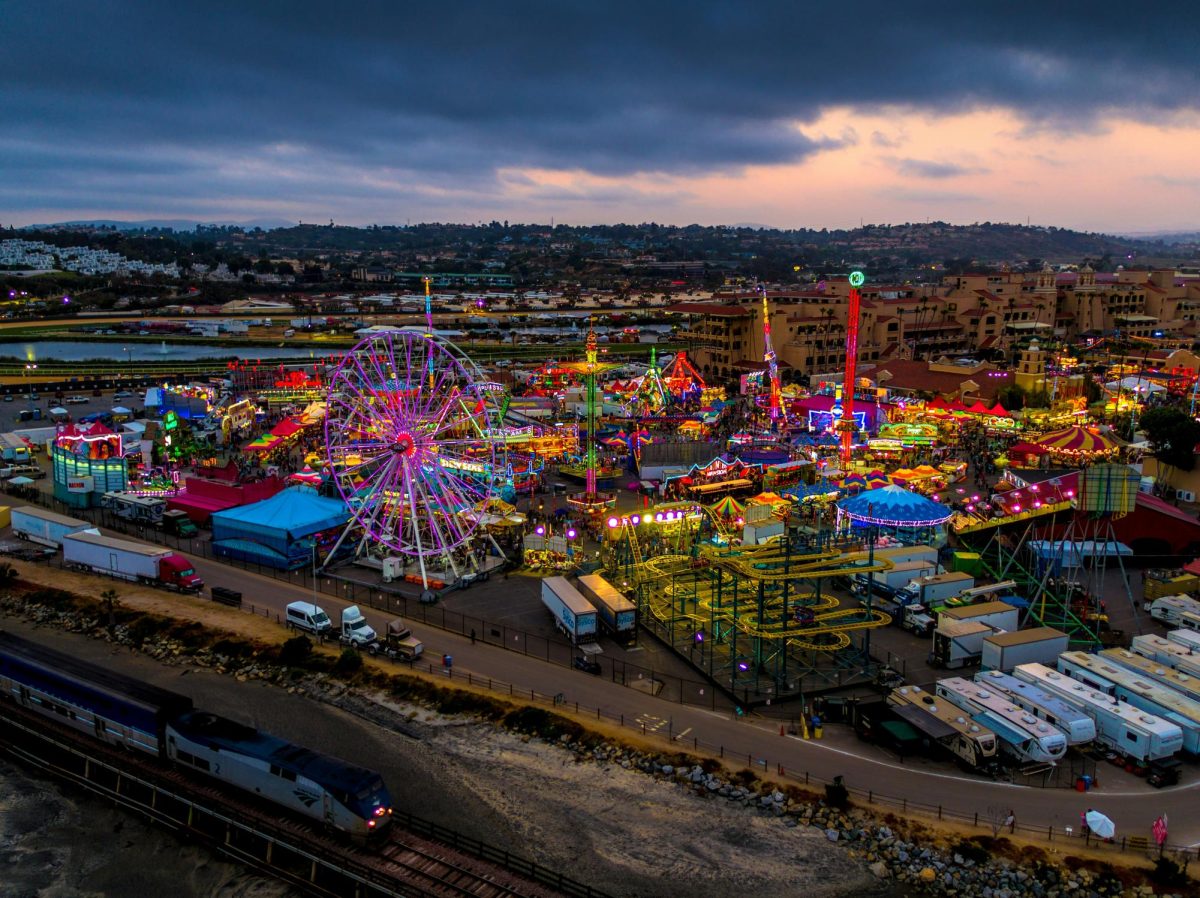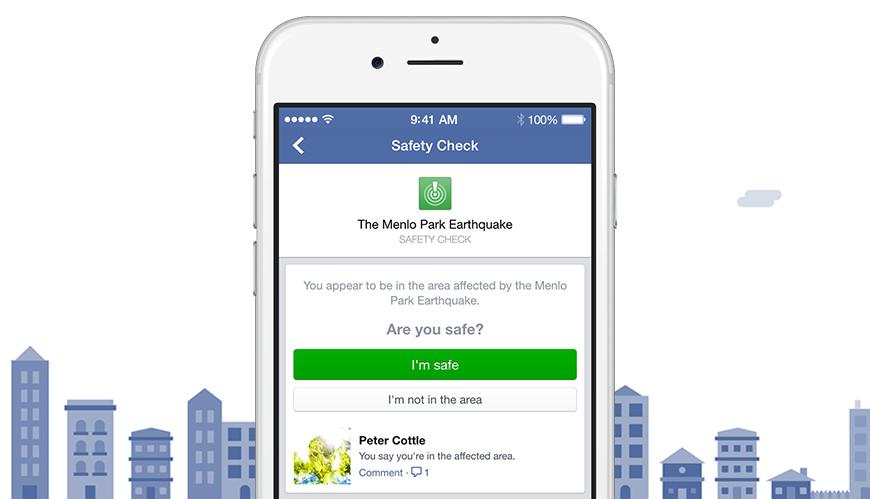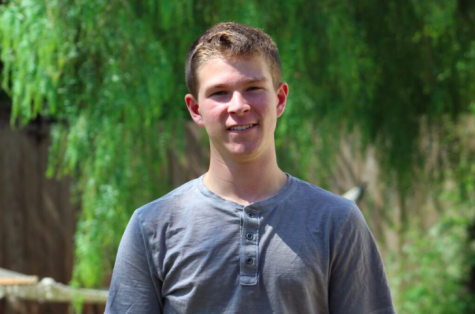Bits & Bytes of Tech: Facebook’s ‘Safety Check’
November 20, 2015
In the hours following the terrorist attacks in Paris on Friday, Facebook implemented one of its newest features, ‘Safety Check’, hoping it would bring comfort to those affected by the disaster.
Facebook designed Safety Check as a tool for people to ensure the safety and wellbeing of their friends and family members in the aftermath of a natural disaster. In the days that follow a natural disaster, infrastructure like telephone lines and Internet cables are often inoperable, so contacting others can prove difficult.
Even after cellphone service has been restored, connections can be spotty since everyone is trying to contact their loved ones at the same time. Safety Check provides an alternative to these phone calls for both victims and their family members.
The feature itself is actually quite simple. When an event occurs that poses the possibility of a large loss of human life, Facebook activates the feature for those located in the general vicinity. A notification window then appears for people located within this vicinity, allowing them the opportunity to mark themselves as safe for their worried family members and friends to see. If others know that a family member or friend is located near the disaster, they can also use Safety Check to notify their friend or family member of their worry, requesting a response detailing their wellbeing.
“I think it’s a great resource for people who are scared or panicking during an earthquake or whatever to let those who care about them know that they’re okay,” Cody Waldecker ‘16, said. “I know I would certainly want to know about my family members if they were in an attack or another disaster.”
The role of social media during disasters isn’t something new and has actually been somewhat utilized throughout much of its existence. Specifically in the last five years, social media has become increasingly easily accessible due to major advances in cell phone and Internet connectivity across the U.S. and much of the developed world. It only makes sense that governments and citizens alike would employ the usefulness of this technology as a way to communicate more effectively in times of uncertainty and panic.






















































